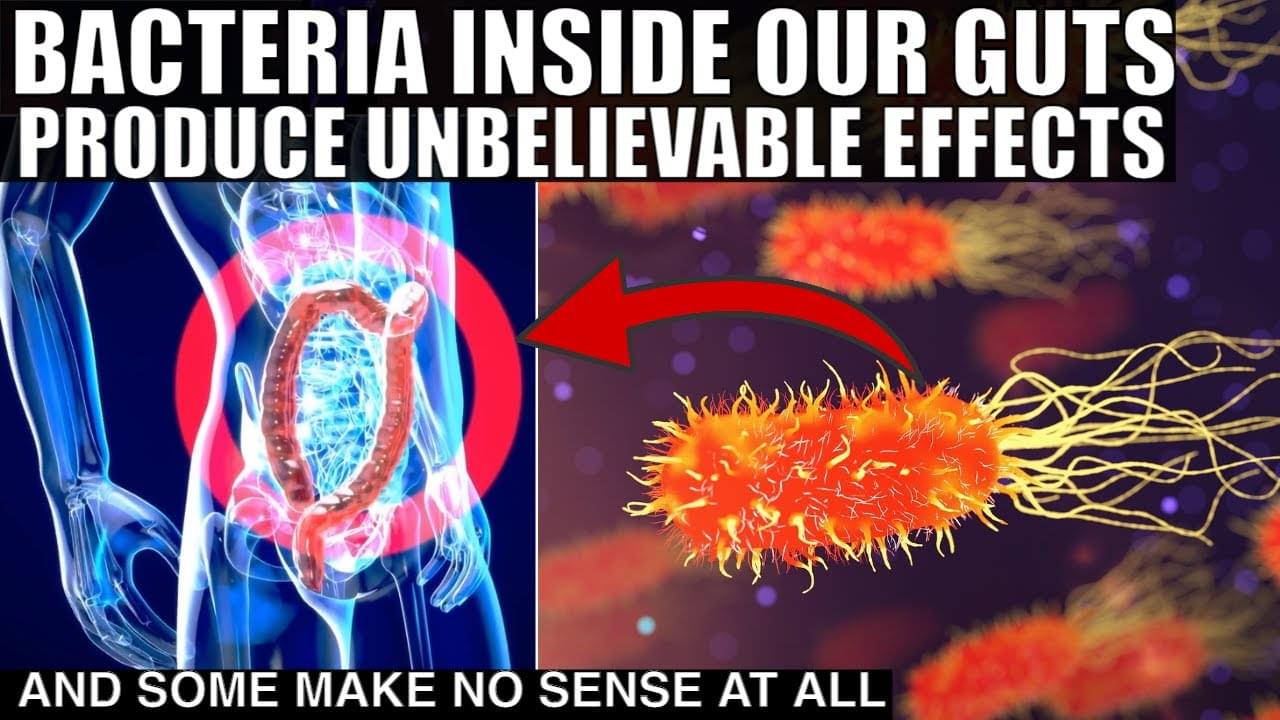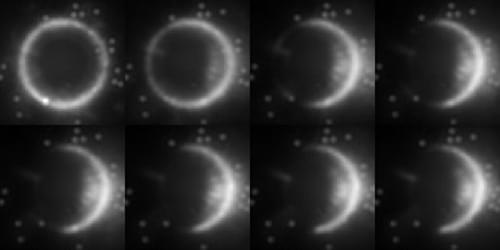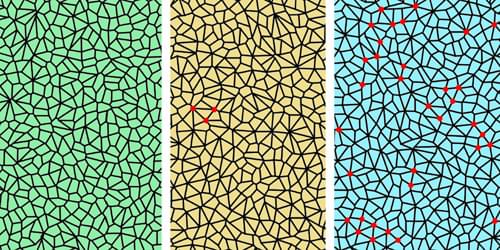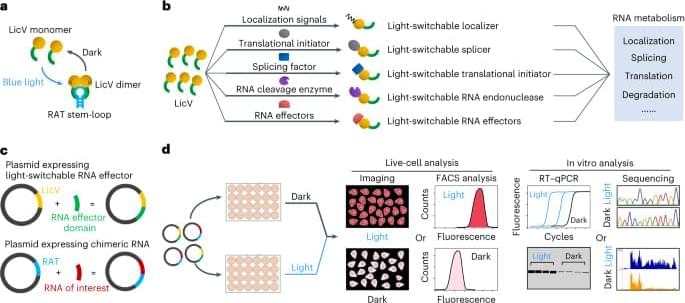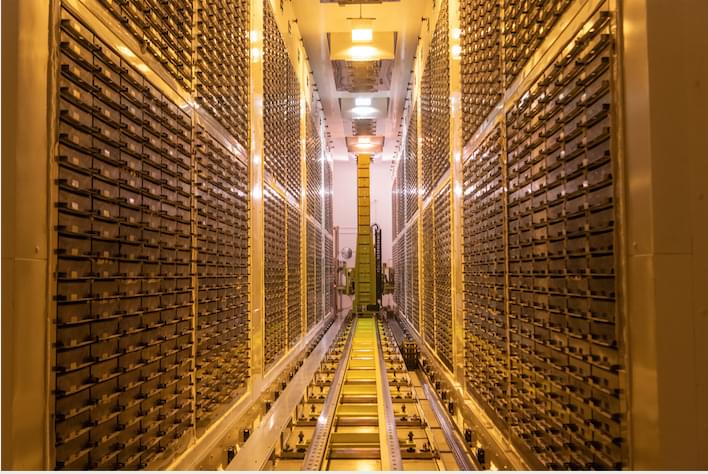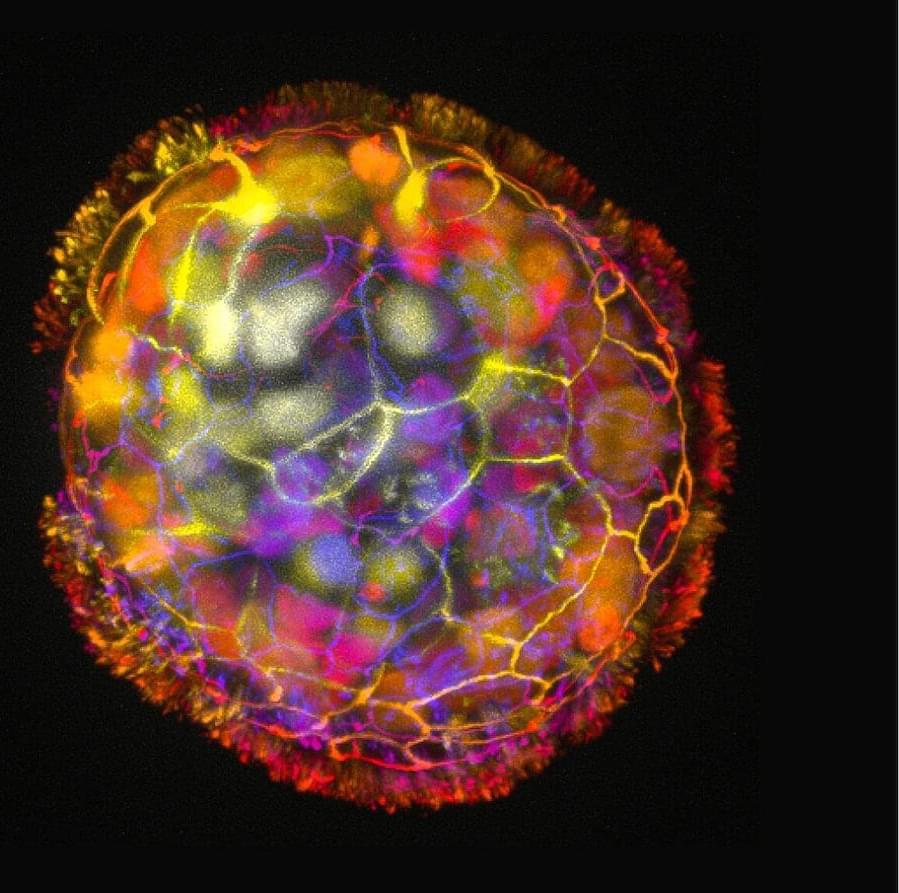Dec 2, 2023
The global battle over microchips | DW Documentary
Posted by Shubham Ghosh Roy in categories: biotech/medical, computing, economics, education, mobile phones
Computers, cars, mobile phones, toasters: countless everyday objects contain microchips. They’re tiny, unremarkable and cheap, but since the outbreak of the coronavirus pandemic, they’ve been at the center of a political and industrial tug of war.
Against the backdrop of the trade war between China and the US, “The Microchip War” spotlights all the aspects of this conflict. In the film, the world’s most influential actors in this industrial sector weigh in.
Continue reading “The global battle over microchips | DW Documentary” »

